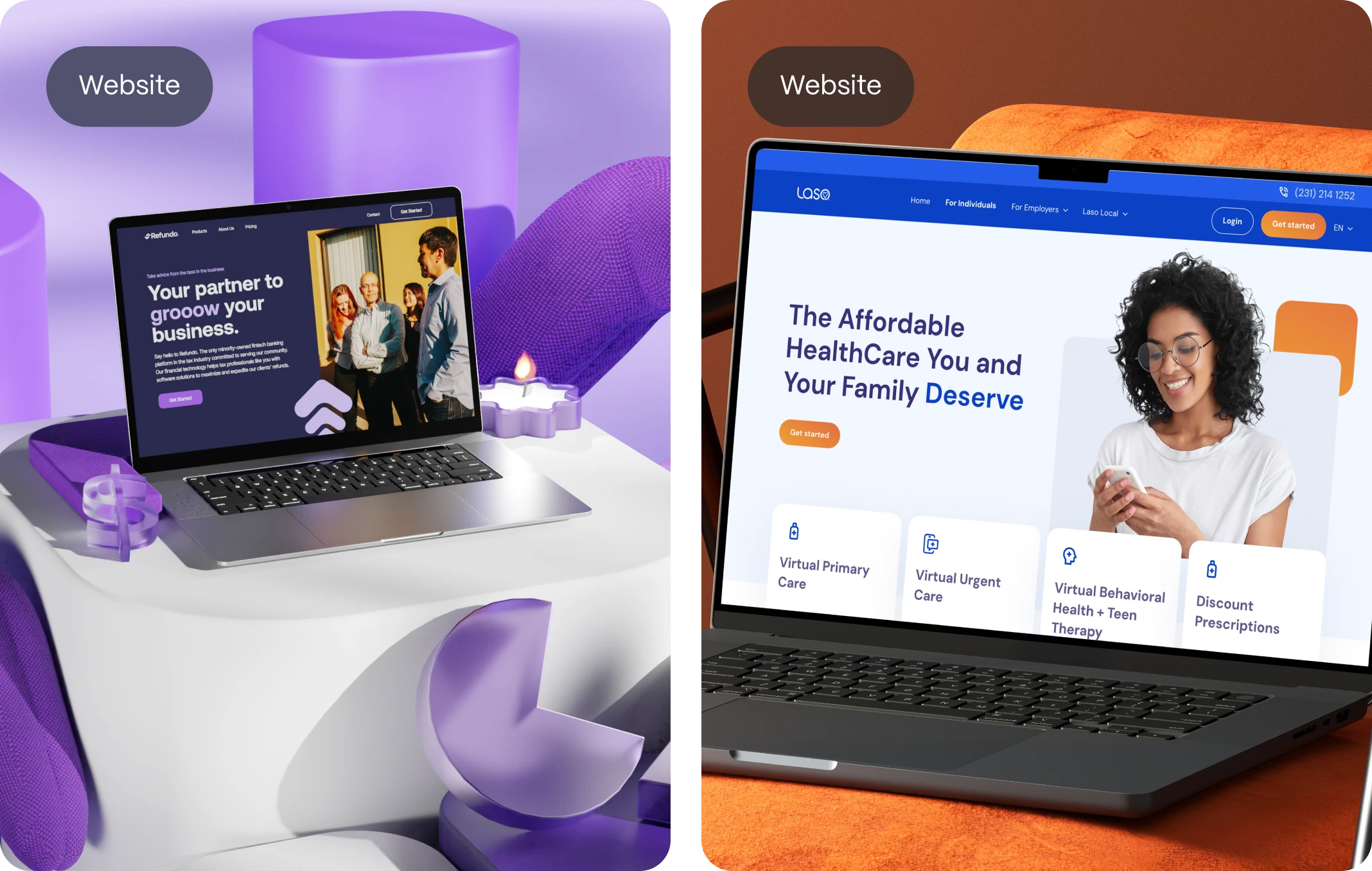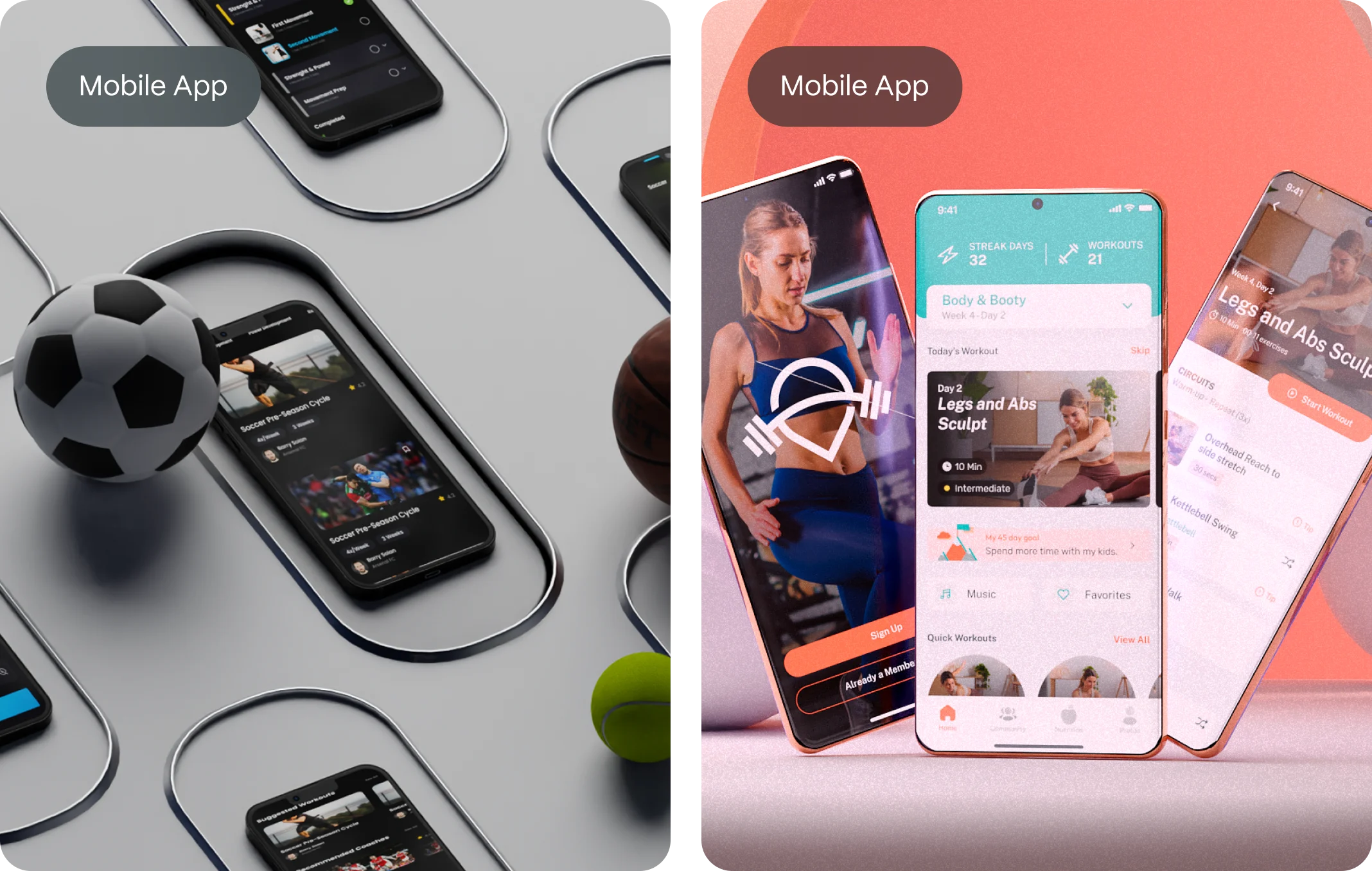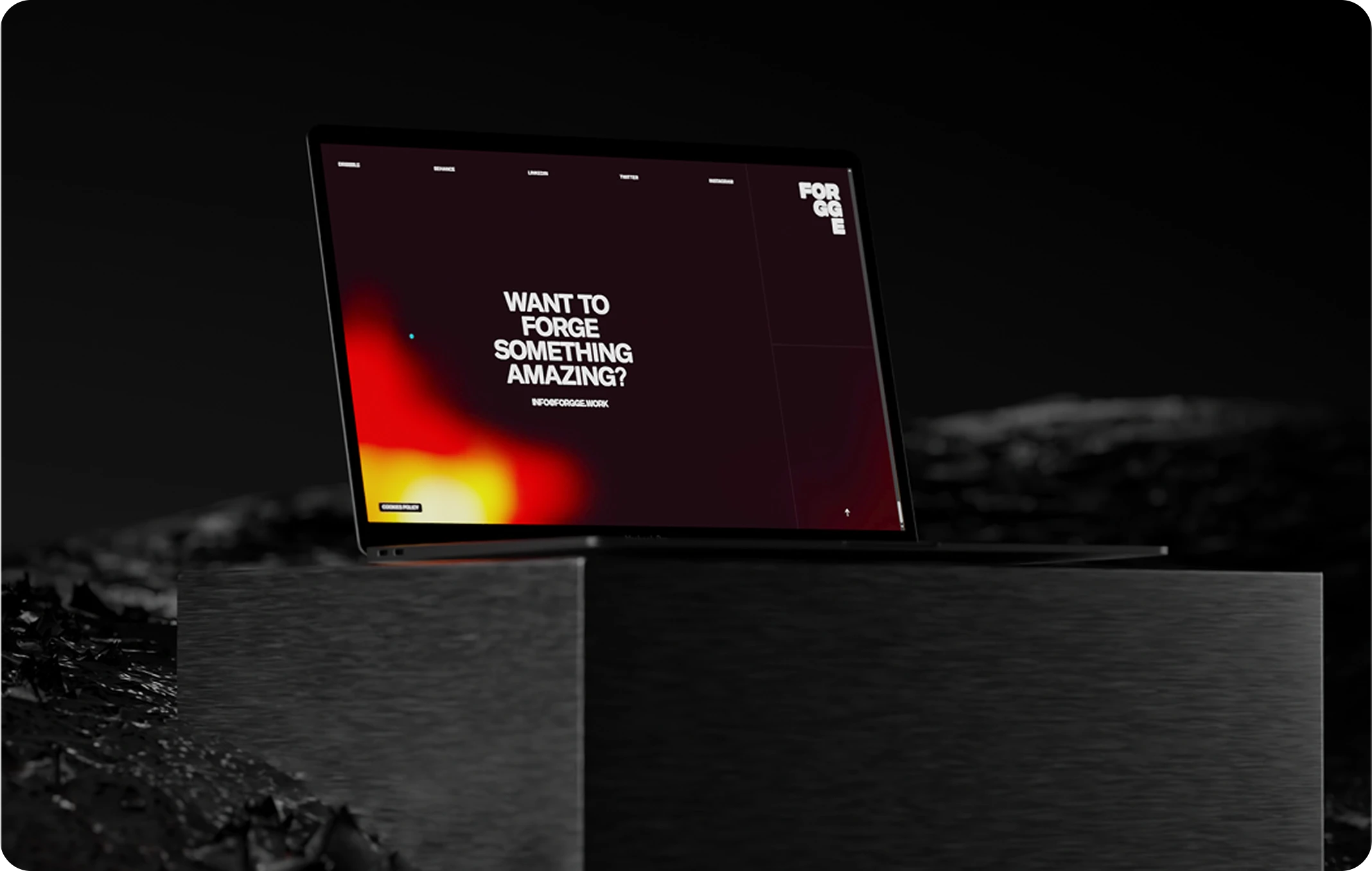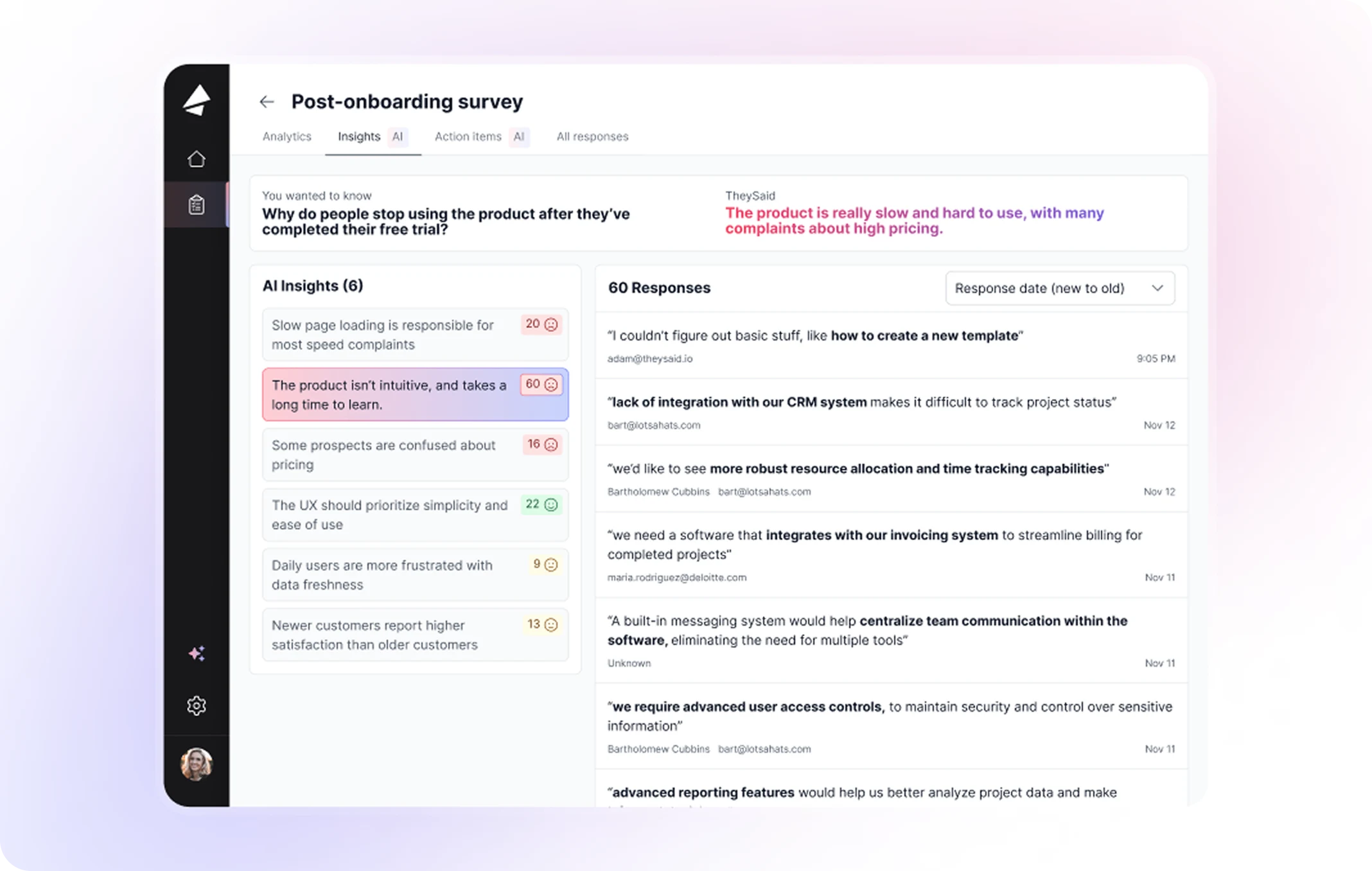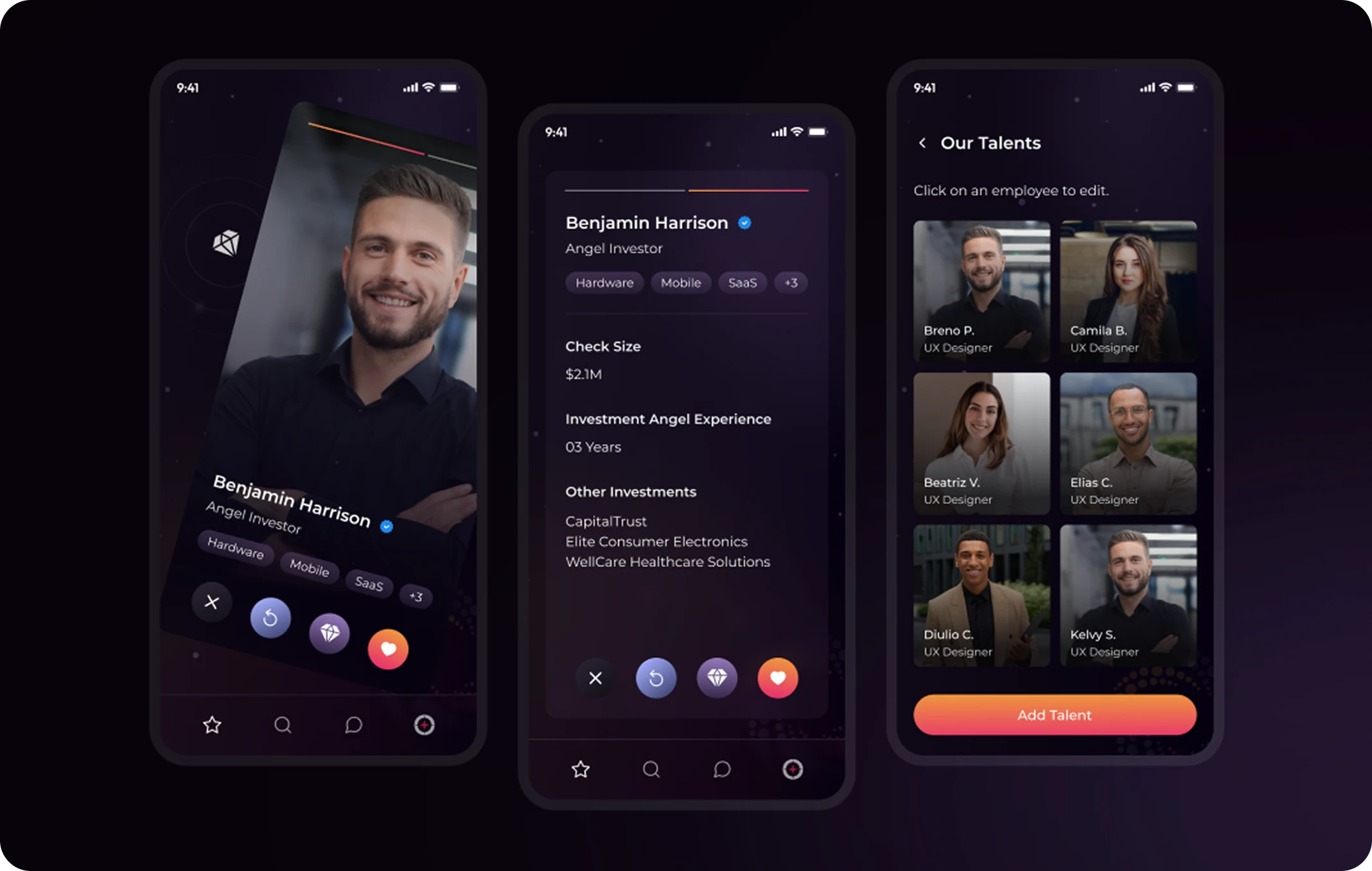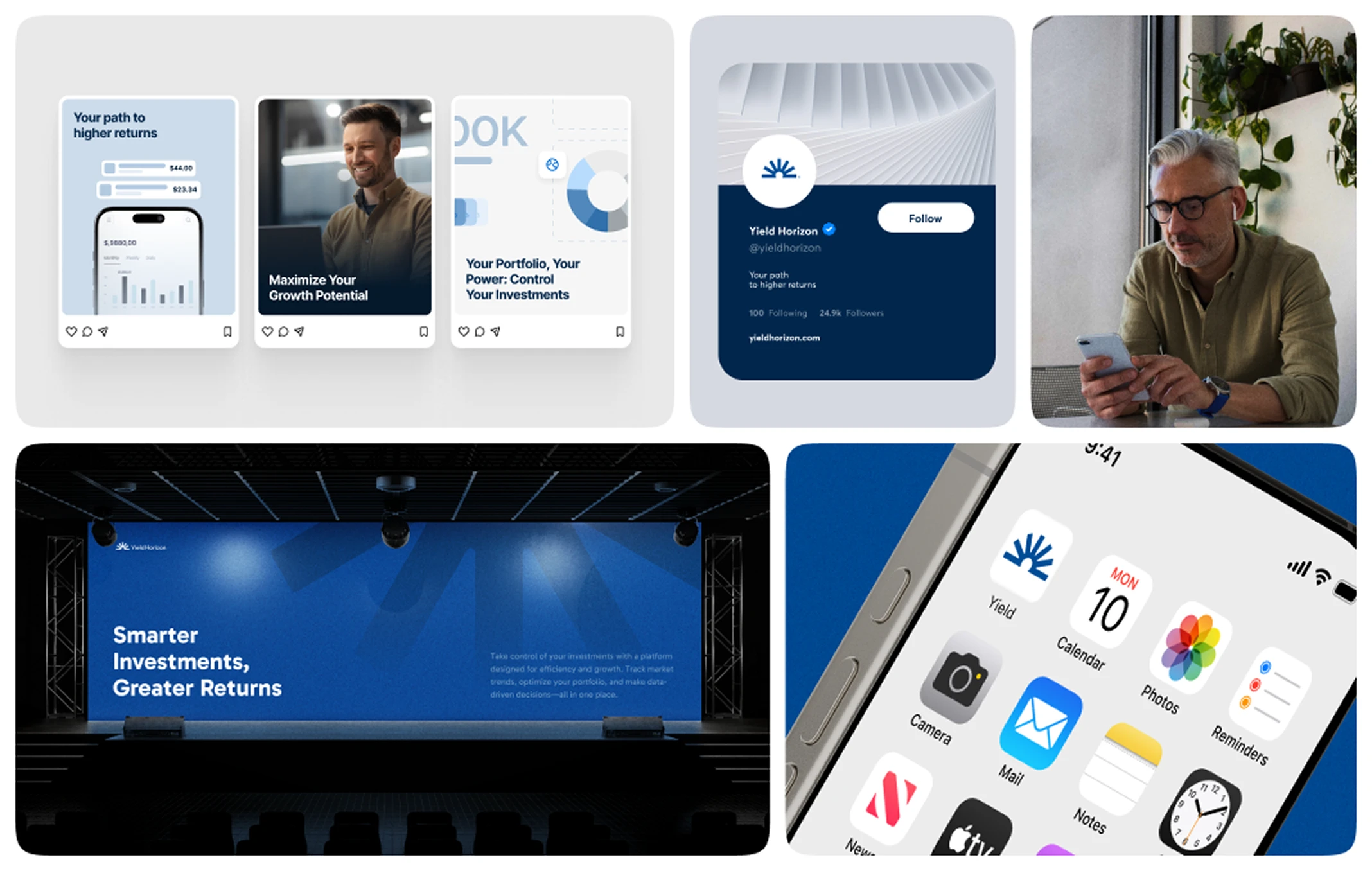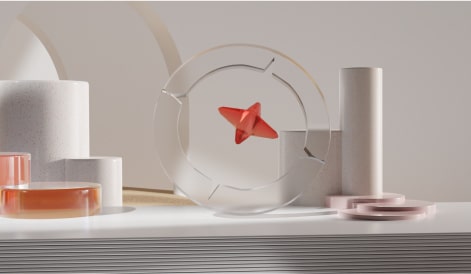Discover how minimalist web design enhances user experience, boosts performance, and strengthens brand identity for startups.
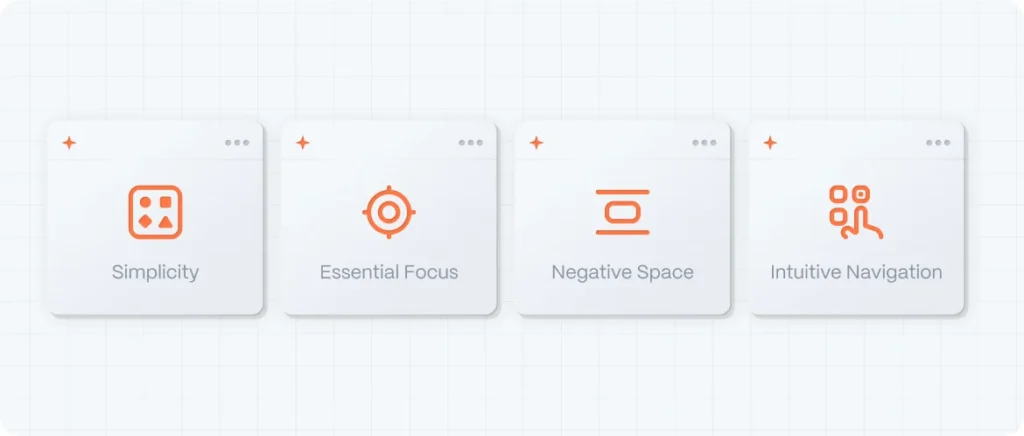
Understanding Minimalist Web Design
Minimalist web design focuses on simplicity, clarity, and user-centricity. By eliminating unnecessary elements and emphasizing essential features, this approach enhances user experience and engagement. Key characteristics include:
- Simplicity: Utilizing clean layouts with ample white space to create a sense of balance and harmony.
- Essential Focus: Highlighting core content and functionalities, ensuring users can easily access vital information.
- Negative Space Utilization: Employing empty spaces strategically to draw attention to focal points free of distraction.
- Intuitive Navigation: Designing straightforward menus and interfaces that facilitate seamless user journeys.
By adhering to these principles, startups can create visually appealing and user-friendly websites that resonate with their target audience.
Benefits of Minimalist Web Design for Startups
- Improved User Experience (UX):
A minimalist design reduces cognitive load, allowing users to focus on essential content and navigate the site effortlessly. This clarity enhances user satisfaction and encourages prolonged engagement.
- Faster Load Times:
With fewer elements to load, minimalist websites often exhibit quicker load times, reducing bounce rates and improving search engine rankings. - Enhanced Mobile Responsiveness:
Simplified layouts adapt seamlessly to various screen sizes, providing a consistent and optimized experience across devices—a critical factor as mobile usage continues to rise.
- Strengthened Brand Identity:
By focusing on essential elements, minimalist design ensures that branding components like logos, color schemes, and typography stand out, fostering a strong and memorable brand image. - Increased Conversion Rates:
Clear calls-to-action and an uncluttered interface guide users toward desired actions, such as signing up for newsletters or making purchases, thereby boosting conversion rates.
Case Studies: Successful Minimalist Designs
Several leading brands have effectively implemented minimalist web design to enhance user engagement and achieve business objectives:
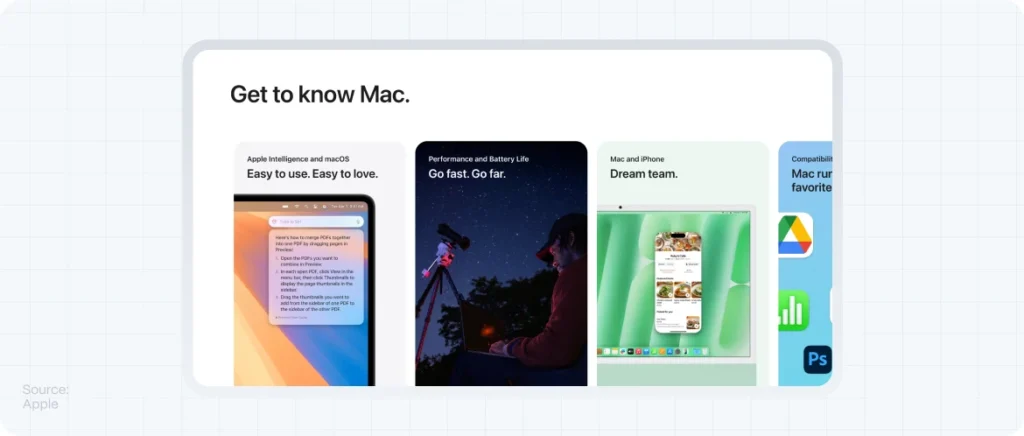
- Apple:
Apple’s website exemplifies minimalist design with its clean, uncluttered layout, ample white space, and focus on high-quality product imagery. This approach has led to improved user experience, stronger brand identity, and increased sales.
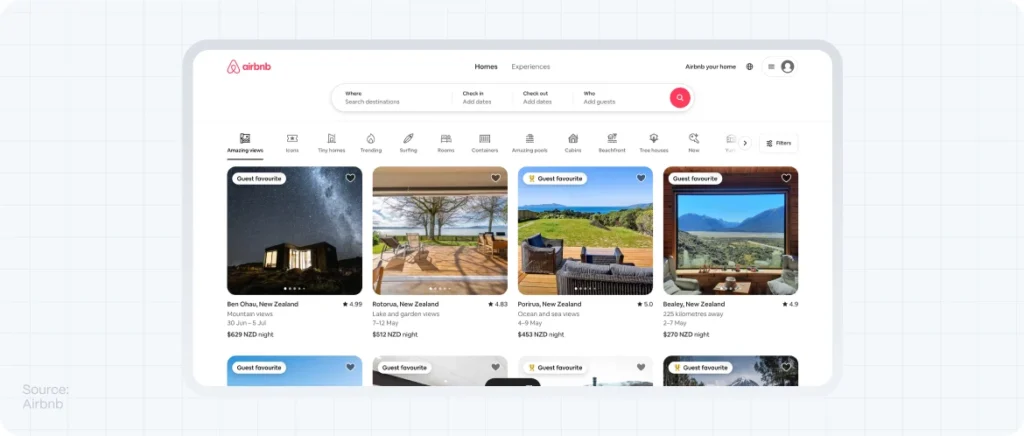
- Airbnb:
Airbnb employs a minimalist approach featuring a simple search bar, clear typography, and high-quality images. This design enhances user engagement, simplifies navigation, and has contributed to increased bookings.
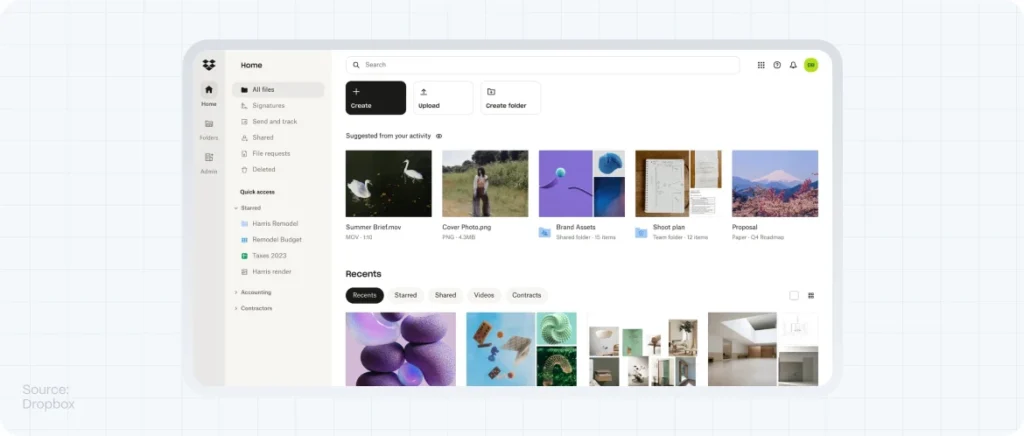
- Dropbox:
Dropbox’s website showcases minimalist design through its clean layout, simple icons, and limited color palette. This strategy has improved user understanding of the product, increased sign-ups, and enhanced brand perception.
Implementing Minimalist Design in Your Startup’s Website
To effectively incorporate minimalist design principles into your startup’s website:
- Prioritize Content:
Focus on delivering essential information and remove any superfluous elements that do not add value to the user. - Use White Space Strategically:
Employ negative space to create a balanced layout and draw attention to key areas. - Simplify Navigation:
Design intuitive menus and clear pathways to guide users through your site seamlessly. - Consistent Branding:
Ensure that your brand’s visual elements are cohesive and prominently displayed to reinforce brand identity. - Optimize for Performance:
Regularly test your website’s performance and make necessary adjustments to maintain fast load times and responsiveness.
By embracing minimalist web design, startups can create efficient, user-friendly, and aesthetically pleasing websites that effectively communicate their brand message and engage their target audience.
FAQ
What is minimalist web design?
Minimalist web design is an approach that emphasizes simplicity by focusing on essential elements and removing unnecessary components. This results in a clean and user-friendly interface that enhances user experience and engagement.
How does minimalist design improve user experience?
Minimalist design improves user experience by reducing clutter and highlighting key content. This makes it easier for users to navigate the site and find information quickly, enhancing overall user satisfaction and engagement.
Can minimalist design impact website performance?
Yes, minimalist design can significantly impact website performance. With fewer elements to load, minimalist websites often have faster load times, which can improve search engine rankings and reduce bounce rates, leading to better overall performance.
Is minimalist design suitable for all types of startups?
While minimalist design offers many benefits, its suitability depends on the nature of the startup and its target audience. It’s essential to consider whether this approach aligns with your brand identity and user expectations. Some startups may benefit more from a minimalist design, while others may require a more complex layout.
How can I implement minimalist design principles on my website?
To implement minimalist design principles on your website, focus on essential content, use white space effectively, simplify navigation, maintain consistent branding, and optimize for performance. These steps will help create a clean, user-friendly, and high-performing website.

